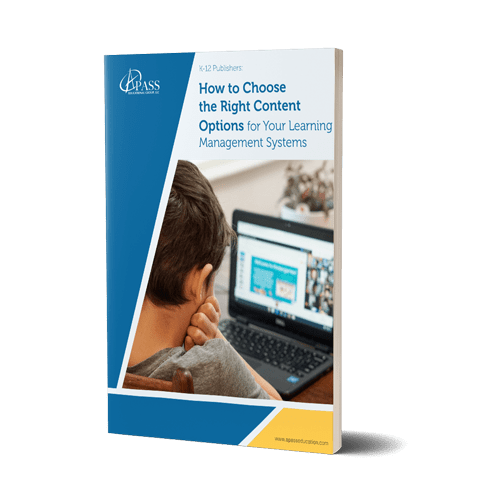In the rapidly evolving landscape of online education, one of the paramount challenges educators face is how to deliver content dynamically to keep students engaged. The transition from traditional classroom settings to virtual platforms has necessitated a shift in teaching methodologies. Today, the effectiveness of online learning hinges significantly on the presentation of information. This blog explores the importance of dynamic content delivery in online education and strategies to enhance student engagement.
The Importance of Dynamic Content Delivery
At the heart of successful online education lies the concept of dynamic content delivery. This involves presenting educational materials in an interactive, engaging manner, leveraging multimedia elements to make learning not just informative but captivating. The goal is to transform potentially monotonous subjects into stimulating experiences that pique students’ interest and encourage active participation.
Dynamic content delivery is not just about making lessons visually appealing. It’s about creating an educational journey that respects and adapts to the varied learning preferences of students. Some learners may prefer text-based materials, while others might find visual or auditory resources more effective. By incorporating a mix of interactive videos, animations, infographics, and even gamified elements, educators can offer a more personalized learning experience. This diversity in content presentation helps in catering to different learning styles, thus enhancing comprehension and retention.
Challenges in Implementing Dynamic Content
While the benefits of dynamic content delivery are clear, its implementation comes with its set of challenges. First and foremost is the technological barrier. Not all educators are equipped with the skills or resources to create high-quality multimedia content. Furthermore, the effort and time required to develop interactive and engaging materials can be substantial.
Another significant challenge is ensuring accessibility. As educators strive to make content more dynamic, it’s crucial to remember that all students do not have the same access to high-speed internet or advanced devices. Therefore, while designing content, it’s essential to maintain a balance – making it rich and interactive without making it inaccessible to students with limited technological means.
Lastly, there’s the challenge of keeping the content up-to-date. The rapid pace of technological advancements and the constant evolution of knowledge mean that content can quickly become outdated. Ensuring that the materials remain current and relevant requires ongoing effort and resources.
Strategies for Effective Dynamic Content Delivery
Despite these challenges, several strategies can help educators effectively implement dynamic content delivery in their online courses:
1. Leverage Existing Resources: Educators don’t always have to create content from scratch. Numerous platforms offer a wealth of free or affordable multimedia resources that can be integrated into online courses. Utilizing these can save time and effort while enriching the learning experience.
2. Focus on Interactivity: Engage students by incorporating interactive elements into the course. This could be as simple as adding quizzes and polls or as complex as using virtual labs and simulations. Interactivity not only makes learning more engaging but also allows students to actively participate in their education, enhancing their understanding and retention.
3. Ensure Accessibility: Make sure that all students can access and benefit from the dynamic content. This includes providing text descriptions for images, captions for videos, and ensuring that all interactive elements are navigable with keyboard commands. Additionally, offering content in various formats can help accommodate different technological limitations.
4. Use Data to Tailor Content: Employ analytics to understand how students interact with the course materials. This data can provide valuable insights into which elements are most effective and which areas may need improvement. Tailoring the content based on these insights can lead to more personalized and effective learning experiences.
5. Encourage Feedback: Direct feedback from students can be invaluable in refining and improving content delivery. Encourage students to share their thoughts on what works and what doesn’t. This not only aids in enhancing the course but also fosters a sense of community and engagement among students.
Dynamic content delivery represents a critical component of successful online education. By embracing multimedia and interactive elements, educators can create rich, engaging learning environments that reflect diverse student needs. While challenges exist, strategic implementation and a focus on accessibility and personalization can significantly enhance the effectiveness of online learning. As the field of online education continues to grow, so too will the strategies for dynamic content delivery, promising an exciting future for educators and students alike.
At A Pass Education Group, we’re committed to educational content that engages students and builds that exciting future. If you’re ready to help your school or online community grow with amazing educational content, get in touch with us.





